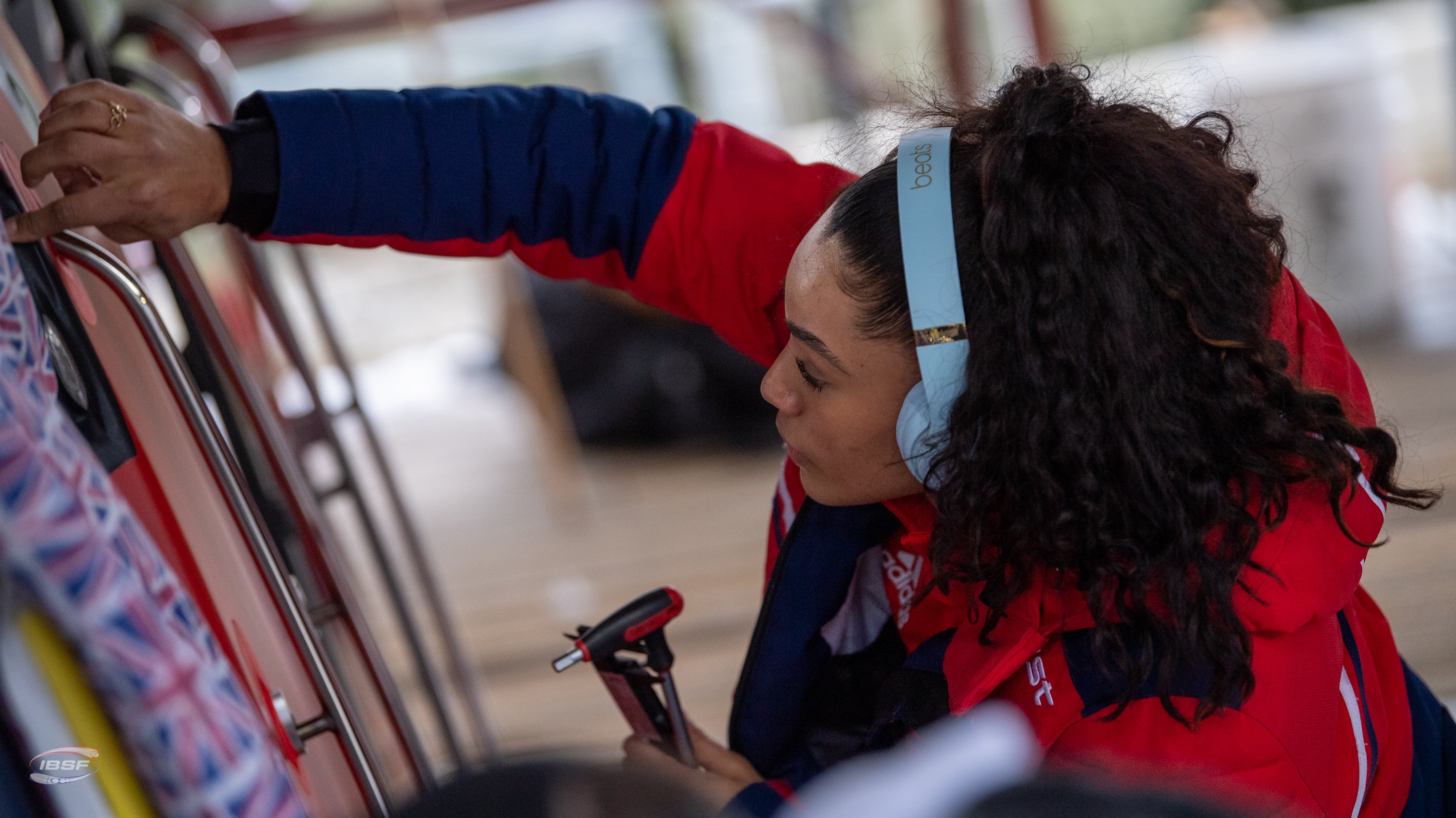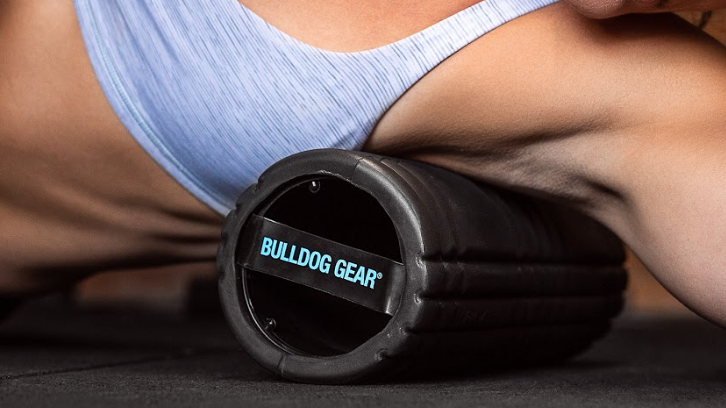|
24/03/2022 | Andrew Tracey Andrew Tracey is a long time collaborator with Bulldog Gear. A coach, writer and current fitness editor of Men’s Health Magazine, he has been in and around the fitness industry for the past 16 years. Having enjoyed and endured a number of disciplines from endurance racing, to strongman, to Crossfit AT enjoys getting neck deep in the practice just as much as the theory. |
We’ve spoken at length before on this blog about the utility of performing a variety of rowing movements in your training. For a fully developed and balanced physique and to foster full body strength, horizontal pulling is a must.
One movement that has long been a staple for old-school bodybuilders but has huge utility in all styles of training is the the ’T-bar row’.
A fantastic movement, traditionally performed on specially designed, plate loaded machinery, the T-bar row primarily targets the lats whilst also hitting the muscles of the mid-back and traps.

Your lower back and spinal erectors are also called into play in order to stabilise your torso and maintain a strong position, however this stimulus is diminished in comparison to traditional barbell rows thanks to the ‘lever’ effect of the movement. The ‘fulcrum’ of the lever (in this case the unloaded side of the barbell) is positioned far enough away from your body that less stabilisation is required, allowing you to focus on the row itself, and working the lats and mid-back.
This also makes T-bar rows a great substitution for traditional bent over rows if your programme already includes a great deal of posterior chain movements that your lumbar to stress such as deadlifts.
If your gym doesn’t have a T-bar row machine, this landmine hack uses a barbell and set of gymnastics rings (and landmine attachment where possible) to imitate the range of motion, allowing you to reap the benefits, wherever you train.
FORM CHECK:
Use a landmine attachment, rest the unloaded end of the bar on a plate or wedge it into a corner to create an anchor.
Load plates onto the opposite end of the bar.
Take a set of gymnastics rings and pass a single strap through both rings, adjust the straps until the gap between both rings is as small as possible.
Loop the strap beneath the barbell, as close to the plates as possible. Grip a ring in each hand, either side of the barbell.
Hinge at the hips until your torso is near parallel to the ground, brace your core and create tension through your entire body.
Draw your elbows up and back, without allowing them to flare, rowing the weight up as far as possible before the plates make contact with your body. Contract your shoulder blades and pause at the top of each rep before slowly lowering the weight back to the ground under control.
Elevated your feet by standing on plates or blocks to increase the range of motion, alternatively you can use smaller plates on the bar for a similar effect.



